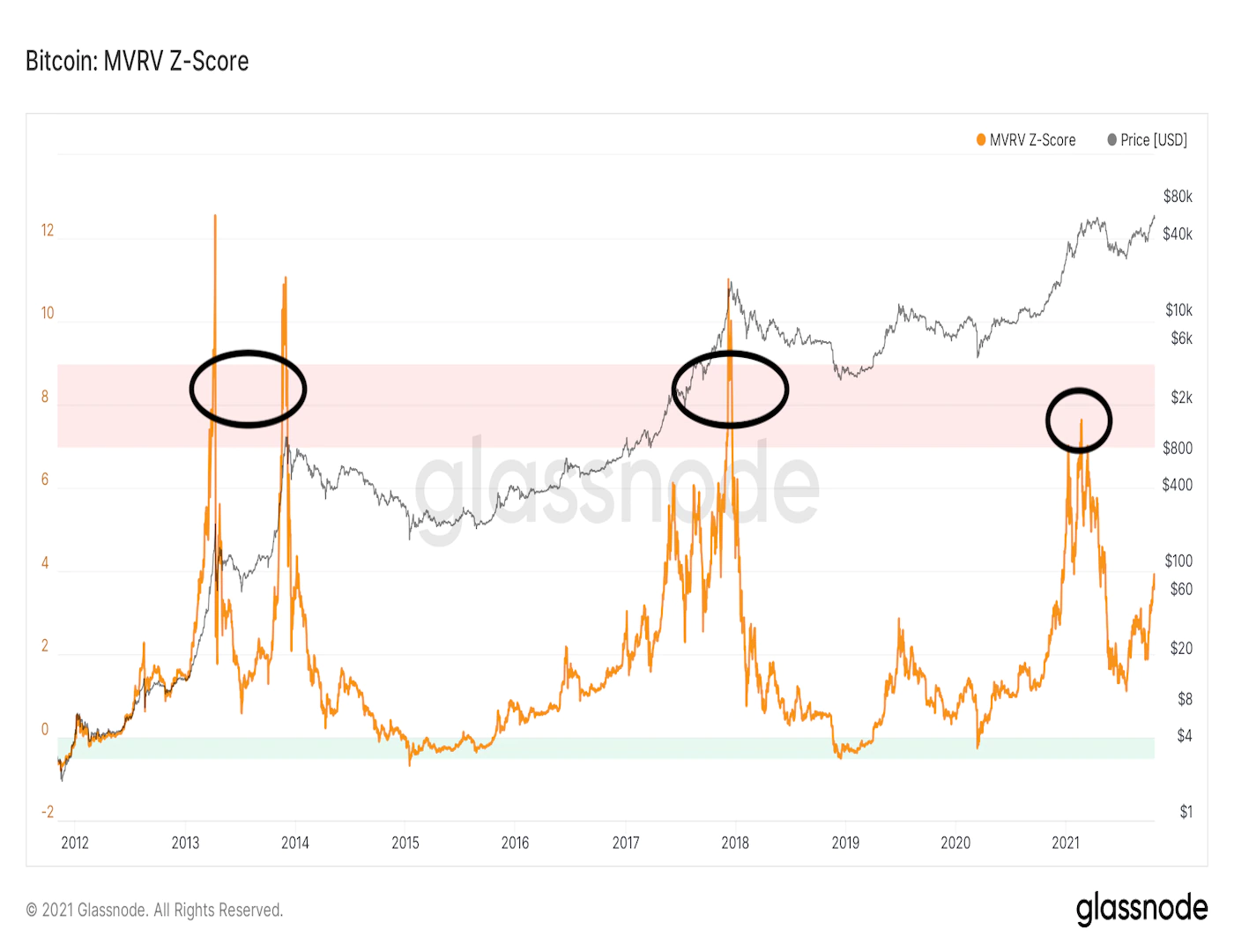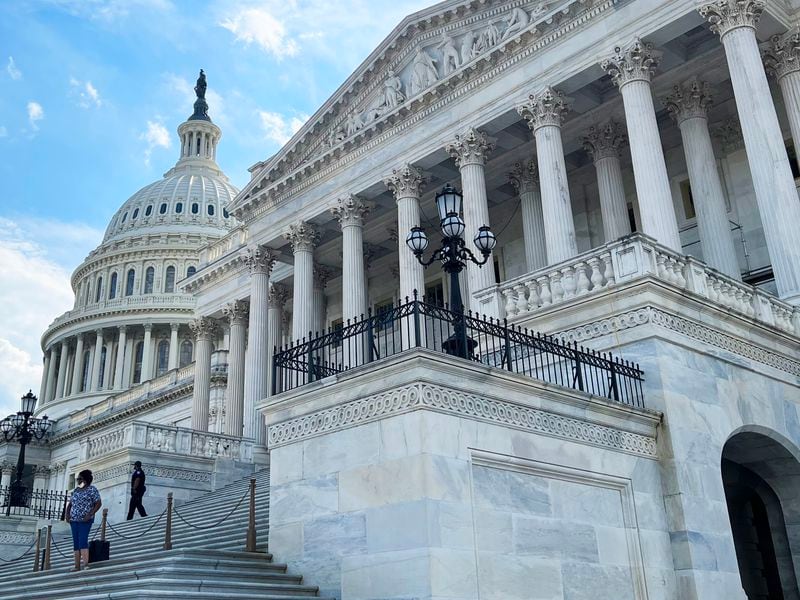In the crypto world, plenty of time and attention has been focused on the United States and the actions of the U.S. Securities and Exchange Commission (SEC). This has been especially true since the approval of spot bitcoin exchange-traded funds (ETF) — for good reason.
Abel Seow is director of APAC sales at BitGo.
U.S. policies and its economy have a profound effect on the rest of the world and, whether we agree with those policies or not, given the breadth and depth of its capital markets, it will continue to play a key role in institutional crypto adoption and growth.
What’s going on in Asia, while at times less reported on, appears to be advancing institutional adoption alongside greater use cases of crypto in people’s lives and can serve as the blueprint for other jurisdictions for a more inclusive financial system.
Institutional adoption in Asia is expanding
From the standpoint of investment, user engagement, product expansion and government action, Asia is proving itself to be a hub for crypto innovation and adoption. For example, in Bhutan, $500 million was recently invested to expand bitcoin mining facilities. In Singapore, 75% of institutional investors say they plan to increase allocations to digital assets in 2024. In Hong Kong, the likes of Harvest Funds and VSFG have announced their intentions to submit applications for a spot bitcoin ETF.
On the regulatory side, Singapore, Japan, Hong Kong and South Korea have all taken steps toward clarifying rules around security token offerings. Additionally, financial institutions like DBS Bank in Singapore, Hongkong and Shanghai Banking Corporation and Hana Bank in South Korea have all taken pro-crypto actions.
Asian adoption and day-to-day usage of crypto
According to an excerpt from “The 2023 Geography of Cryptocurrency Report” by Chainalysis, Central & Southern Asia and Oceania (CSAO) is the location of a burgeoning crypto market — one of the world’s most dynamic. When looking at raw transaction volume, CSAO is in third-place just behind the leaders of North America and Central, Northern & Western Europe (CNWE).
Take just decentralized finance (DeFi) in Asia as an example, where it accounted for 55.8% of transaction volume in CSAO from July 2022 through June 2022 as compared to 35.3% the previous year, more than a 20% jump. CSAO also “dominates when looking at purchasing power. Six out of the 10 top countries are located in the Asian-Pacific region, including India, Vietnam, the Philippines, Indonesia, Pakistan and Thailand.
All of this demonstrates the enormous opportunities for crypto and its integration in the financial systems in Asia.
As an example of potential growth, more than 71 million people live in Thailand but about 16% of them are still unbanked. So, even though the majority of residents do engage with the banking system, there is still a significant number of people excluded from access to these financial services.
The demand for crypto is there, and as people adopt and interact with digital assets this increased engagement has the potential to have an enormous impact on how the world banks. Practical retail usage of crypto in the developing markets in Asia will converge with institution adoption seen in the more developed countries.
Regulatory forward movement
As each of these countries develop their own rules and regulations, it will be a complex operation to engage with each of them on their own terms. Effectively doing so, though, opens up enormous opportunities.
Authorities in Hong Kong are assertively pushing for their country to be a leader in Web3, which is a rare case where regulators, governmental officials and industry leaders are in alignment with what they want and how they want to achieve their goals. After all, it’s not every day you read about regulators strong-arming banks to open accounts for digital asset businesses.
Last year, for instance, the city’s regulators began permitting licensed exchanges to offer their retail trading services, immediately putting it on the map. Regulators now are also open to approving spot bitcoin ETFs. Hong Kong’s economy needs a significant boost that’s not going to come from real estate, manufacturing or even traditional financial services. Instead, they’re taking the digital asset industry seriously as the sector that will boost their economy.
The world is watching closely to see how well this works for Hong Kong. The region shows great potential for 2024 and beyond to become a true crypto hub, and if its digital asset engagement demonstrates sufficient promise, this may give the Chinese government a level of comfort and security in a way that’s not a threat to their regime and their concerns about capital flight.
Hong Kong’s success could pave the way for a gradual softening of the current hard stance in mainland China towards crypto — and even a relatively small amount of softening in China can make a significant difference in the digital asset sector. Corporations of all sizes in China are, after all, still innovating with blockchain and investing in this technology. So, they haven’t turned away from the “builder” aspects of the digital world.
In the meantime, countries like Singapore maintain a practical approach to digital assets, which continues to attract investment and talent into the country. Other major Asian economies — such as Japan, South Korea and Taiwan — are formulating and implementing regulations that, each unique in their own ways, will help to create a foundation for investor confidence and crypto growth. In India, despite the uncertain regulatory environment, people are nevertheless engaging with crypto.
In each of these cases, Asian countries are forging a unique pathway to create more financial inclusion for people who live and transact there that other countries can learn from and implement.









